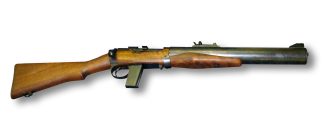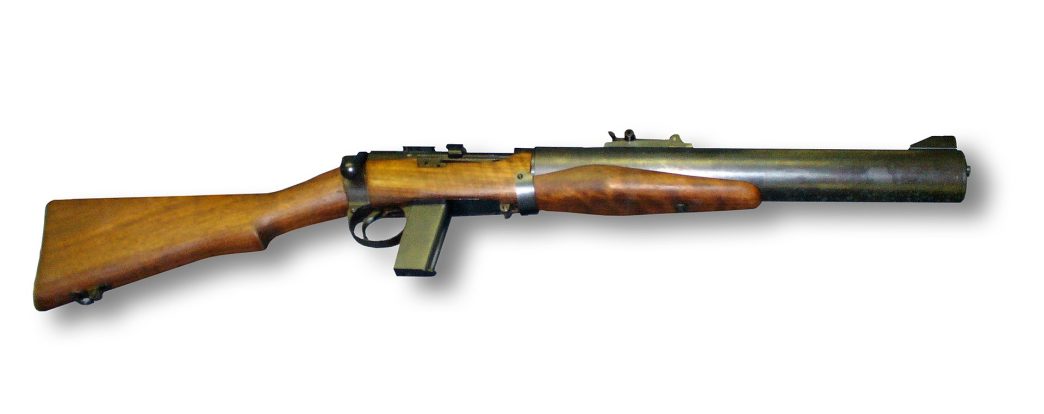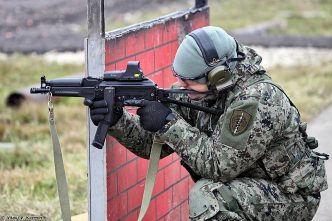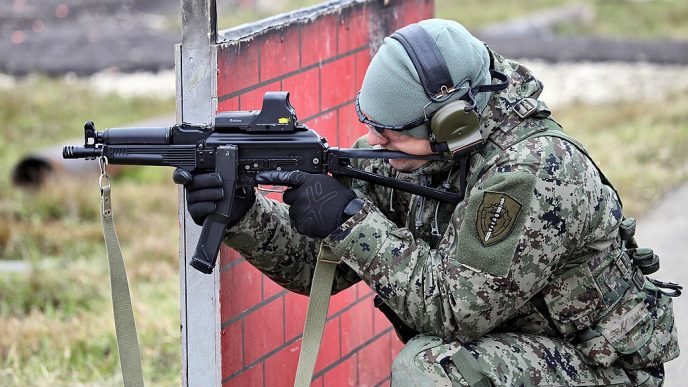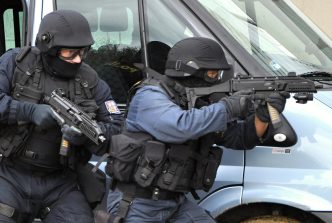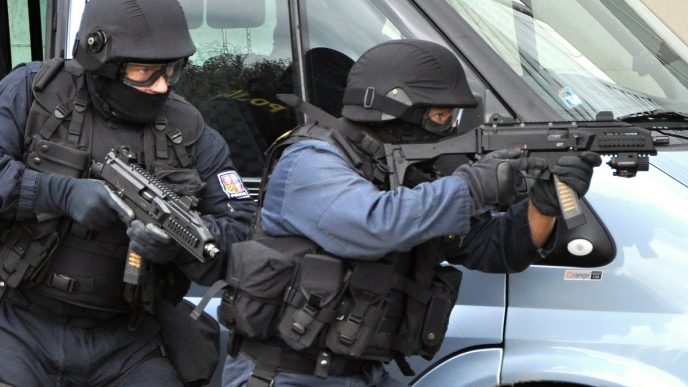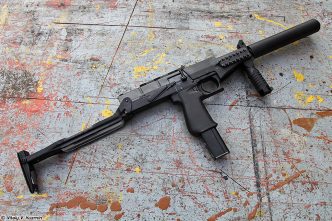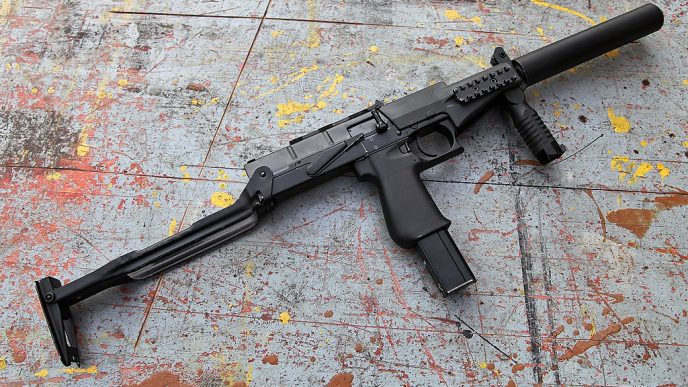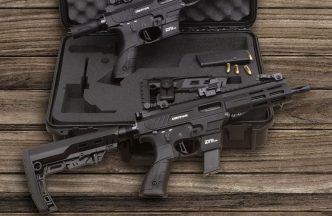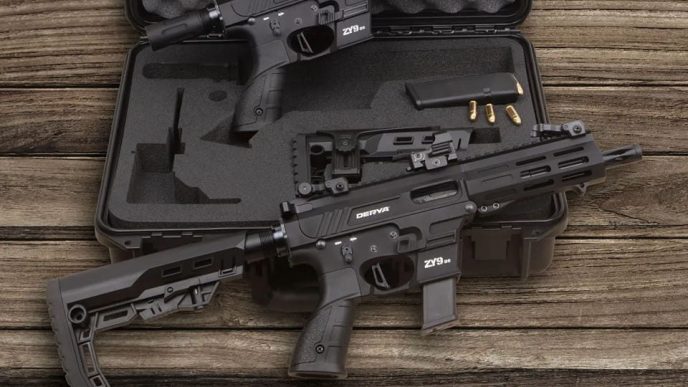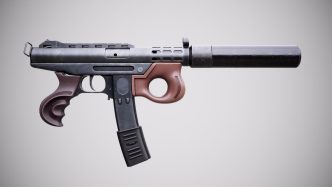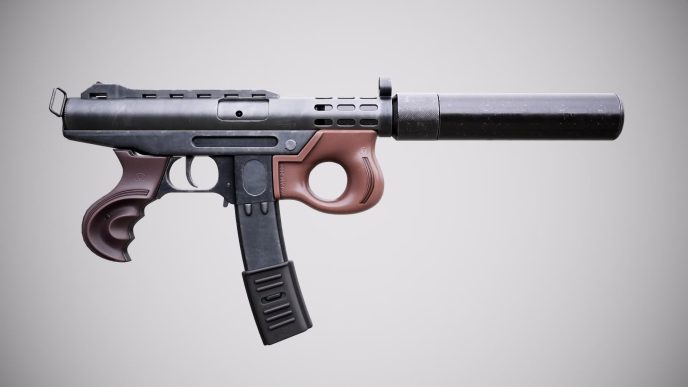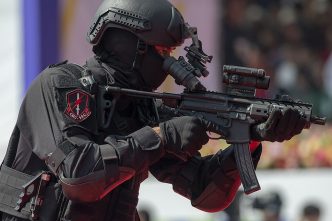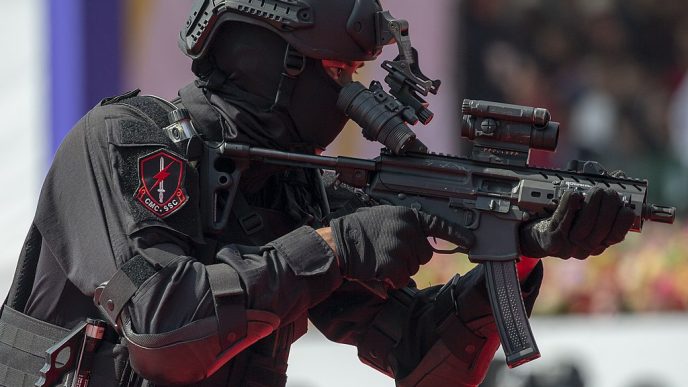De Lisle Carbine, also known as the De Lisle Commando Carbine, is a rifle with an integrated suppressor used as a specialist firearm during World War II. Initially, it was designed to be used by the SOE and special operation units. The rifle is an integrally suppressed, bolt-action, magazine-fed carbine firing the .45 ACP round.
Introduction
It’s one of the quietest firearms out there, with the suppressor being in the approx 80-decibel range, very quiet, almost Hollywood quiet. The .45 ACP is also inherently subsonic, eliminating the sonic boom and reducing another source of noise in a firearm. Its integrated suppressor, combined with subsonic ammunition, makes it possible one of the quietest firearms ever made. The manual action of the firearm can be easily just as loud as the shot or even louder.
The downside is that the De Lisle Commando has an effective range of 185 meters, so that’s pretty close, so the user had to overcome the fear factor of getting close to his target, and getting close does raise the chance of detection.
Development
The De Lisle Commando was the brainchild of William Godfray de Lisle, an engineer from Air Ministry. His first prototype was a .22 caliber rifle, he tried a nine-millimeter version later on, and then he finally settled on a .45 ACP caliber version. The .45 ACP caliber version lent itself very well to being suppressed because it had the ability to use a subsonic cartridge.
There are reports of British officers firing the De Lisle Commando off the buildings and into the Thames River in London to try to see if anybody on the street would realize that a firearm had just been discharged there are other reports of the weapon’s accuracy in which a British officer aimed that he ducked some 200 meters away and took it out by a headshot.
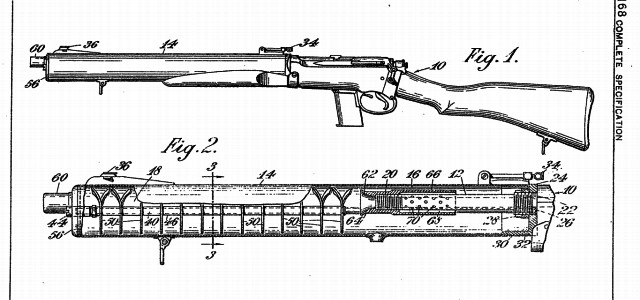
On the first shot, however, the weapon’s largest claim to fame was that it was supposedly the quietest snow arm throughout all of World War Two, comparable with the kind of accuracy and the kind of range it had. Of course, you held the good rod, but the good rod was only useful at very short ranges in which you could walk up behind the German officer and pop him in the back of the head. De Lisle Commando instead was being meant to be used for, you know, 50 meters, 100 meters, or even 200 meters with a .45 ACP cartridge by commando teams.
During the war, decibel reduction tests revealed that the De Lisle Commando Carbine would produce only around 85.5 dB of noise when fired. As a comparison, modern testing on a selection of handguns has shown that they produce 156 to 168 dB when firing without a suppressor and 117 to 140 dB when firing with one fitted. Around 130 De Lisle Commando Carbins were made during the World War 2, and all of them were produced by Sterling Arms Company between 1942 and 1945.
Design
The De Lisle Commando was based on a Short Magazine, Lee–Enfield Mk III converted to .45 ACP by modifying the receiver, altering the bolt/bolthead, replacing the barrel with a modified Thompson submachine gun barrel (6 grooves, RH twist), and using modified magazines from the M1911 pistol. The primary feature of the De Lisle Commando was its extremely effective suppressor, which made it very quiet in action. So quiet that working the bolt (to chamber the next round), makes a louder noise than firing a cartridge.
The .45 ACP cartridge was selected as its muzzle velocity is subsonic for typical barrel lengths; consequently, it would both retain its full lethality and not require custom-loaded ammunition to use with a suppressor. Most rifle rounds are supersonic, where the bullet generates a “sonic boom” like any other object traveling at supersonic velocities, making them unsuitable for covert purposes.
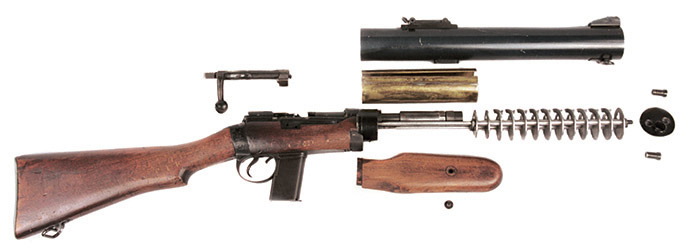
The Thompson gun barrel was ported (i.e. drilled with holes) to provide a controlled release of high-pressure gas into the suppressor that surrounds it before the bullet leaves the barrel. The suppressor, 2 inches (5.1 cm) in diameter, went all the way from the back of the barrel to well beyond the muzzle, making up half the weapon’s overall length. The suppressor provided a very large volume to contain the gases produced by firing; this was one of the keys to its effectiveness.
The Heckler and Koch MP5SD and AS Val are among other modern firearms that use the same concept. The Lee–Enfield bolt was shortened to feed the .45 ACP rounds; the Lee–Enfield’s magazine set-up was replaced with a new assembly that held a modified M1911 magazine. The bolt operation offered an advantage in that the shooter could refrain from chambering the next round if absolute silence was required after firing; a semi-automatic weapon would not have offered this option as the cycling of the bolt coupled with rearward escaping propellant gas and the clink of the empty case against any hard surface would produce noise with each shot.
While the carbine was silent, it was not very accurate. The American company Valkyrie Arms manufactured a reproduction of the .45 caliber carbine. Special Interest Arms for a time produced limited quantities of a De Lisle Commando replica which incorporated an improved magazine adapter system that allows the use of unmodified M1911 magazines and also fully supports the barrel chamber in the action, later discontinued.
Technical specifications
| Country of origin: | United Kingdom |
| Manufacturer: | Ford Dagenham (17 prototypes), Sterling Armaments Company |
| Entered service: | 1942 |
| Caliber: | .45 ACP |
| Weight (empty): | 3.74 kg |
| Length: | 35.3 in |
| Barrel length: | 8.25 in (210 mm) |
| Muzzle velocity: | 830 ft/s (250 m/s) |
| Rate of fire: | 15 to 25 rounds per minute |
| Magazine capacity: | 7 or 11-round detachable magazine |
| Sighting range: | 50 m |
| Range of effective fire: | 185 m |
